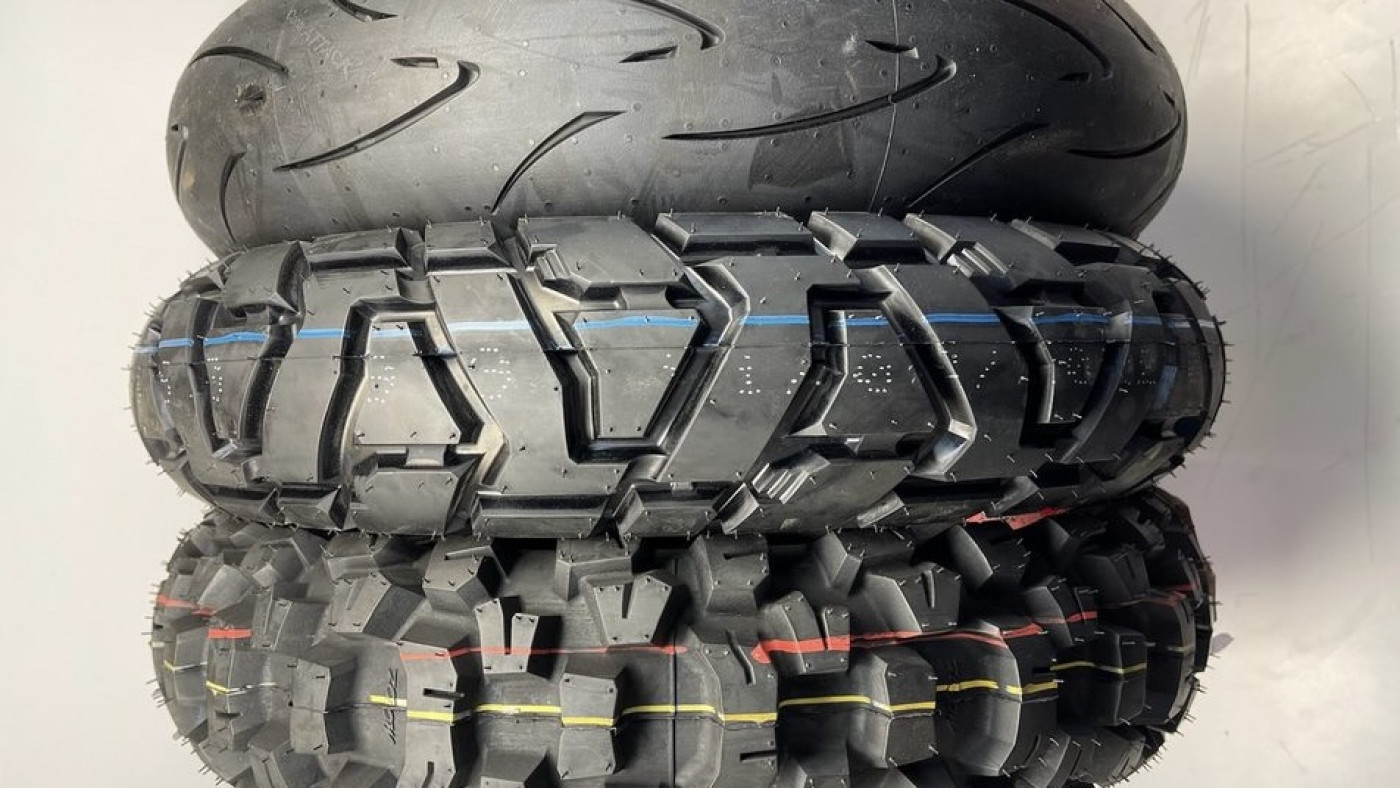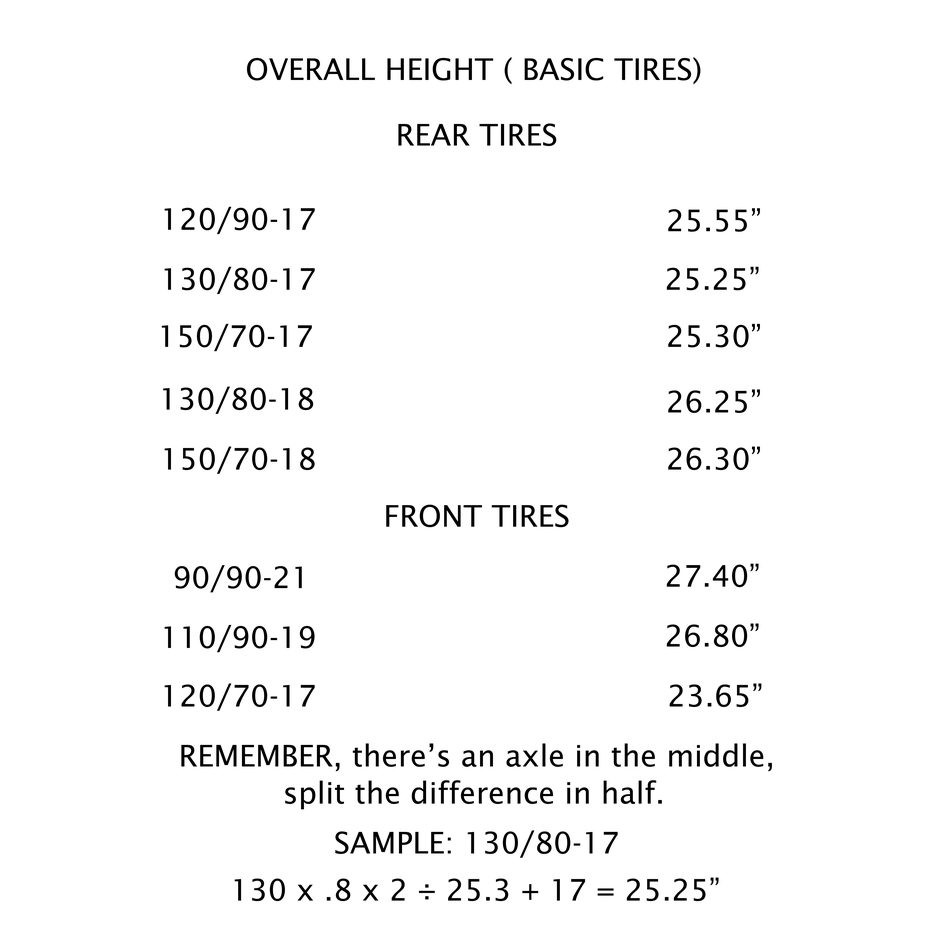It doesn’t matter how much power your bike has, how great the brakes are, or even how awesome the suspension is, if your tires can’t transmit those forces to the ground, it’s useless. We explain tire basics in two parts: selection and sizing.
Part 1: Tire Selection
Getting the correct type of tire to match the riding you will be doing is very important. With dual-sport tires, there is always a compromise. More off-road oriented tires will grip better on dirt at the expense of noise, wear, and grip on pavement. More on-road oriented tires give up grip when the surface gets loose. The key question to answer is how much of each type of riding you will be doing.
Additionally:
- Never select tires that are bigger than what the rim is designed for
- Always balance the front and rear wheels with proper wheel weights
- Keeping the correct tire pressure for street and off-road riding is a must for proper tire performance and tire life. NEVER run a rear tire pressure too low
Part 2: Tire Sizing
To calculate the amount of sidewall on your tire in inches, take the tire width (expressed in millimeters) times the sidewall aspect ratio (divided by 100) and divide by 25.3. Multiply this number by 2 (top and bottom sidewall) and add the rim diameter (in inches) to get the total height.
Many of our customers are concerned that switching to a different tire size for their rear wheel (within the rim allowance) will greatly alter the height of the bike, just like the thought of upgrading to a 19” front wheel might too much. However, once you've done the calculations, you can see that the impact on overall ride height can be very minimal.

